Welcome to our exclusive Samurai Sword collection, where the legacy of the samurai comes to life with unmatched precision and elegance. Each Samurai Sword in our collection is a masterpiece, meticulously handcrafted by skilled artisans to deliver exceptional sharpness, perfect balance, and timeless beauty. Designed for both seasoned collectors and passionate enthusiasts, our Samurai Swords offer an authentic experience with their exquisite craftsmanship and remarkable functionality. The intricate details and superior quality make these swords a standout addition to any collection, blending traditional artistry with modern excellence. Explore our collection today and elevate your samurai sword collection with a piece that truly embodies the spirit and honor of the samurai. Discover your perfect blade and experience the timeless art of Japanese sword making.
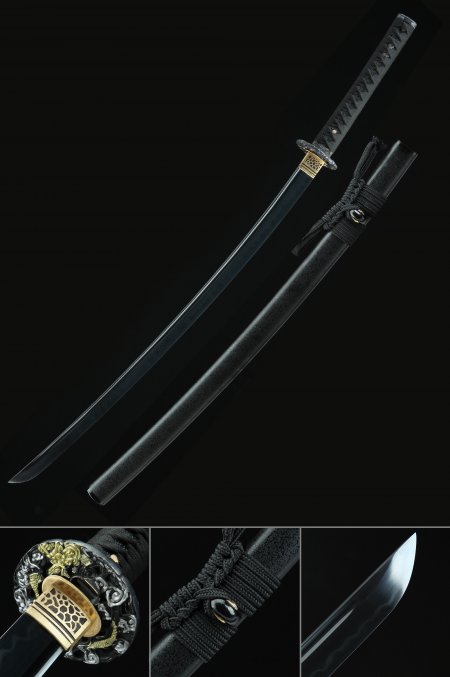
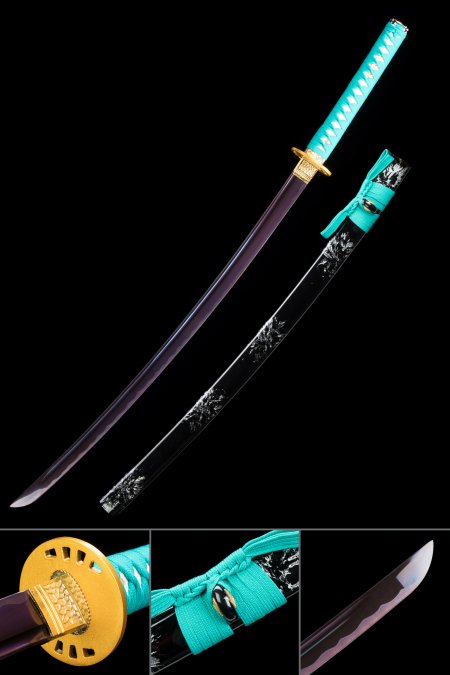
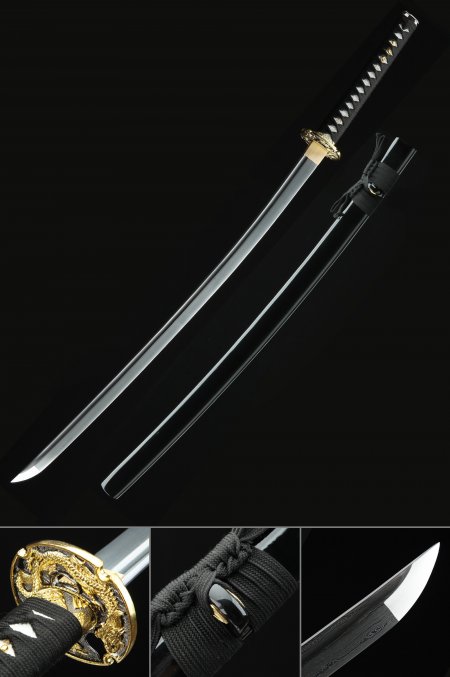
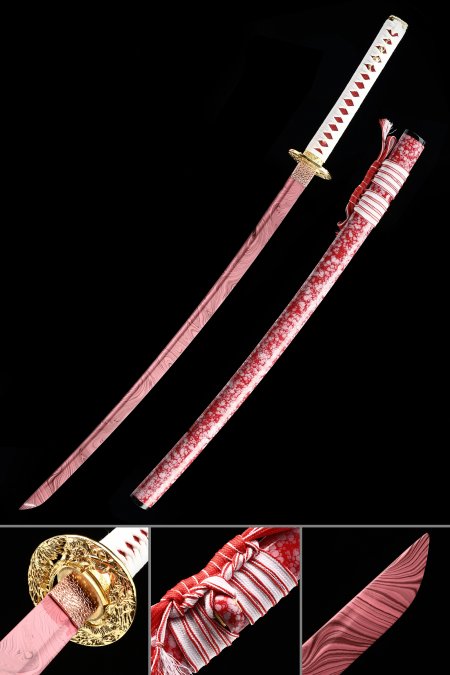
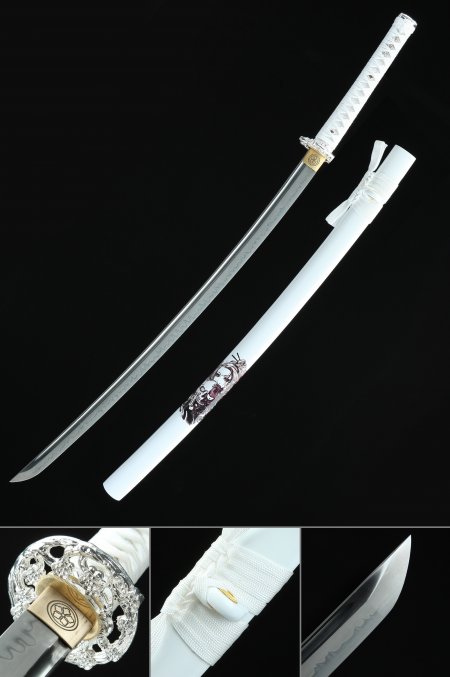
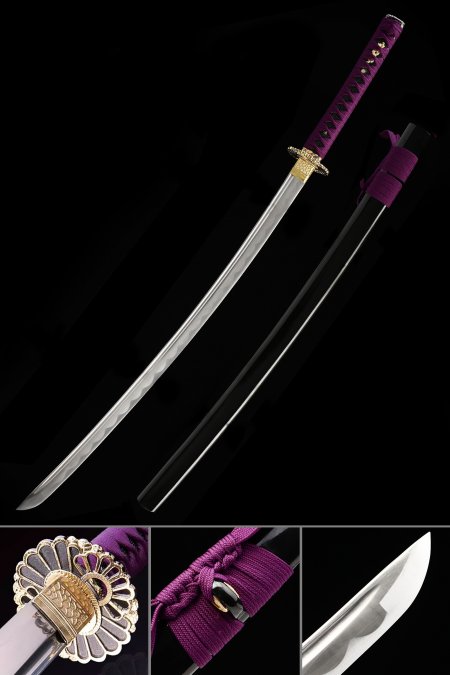
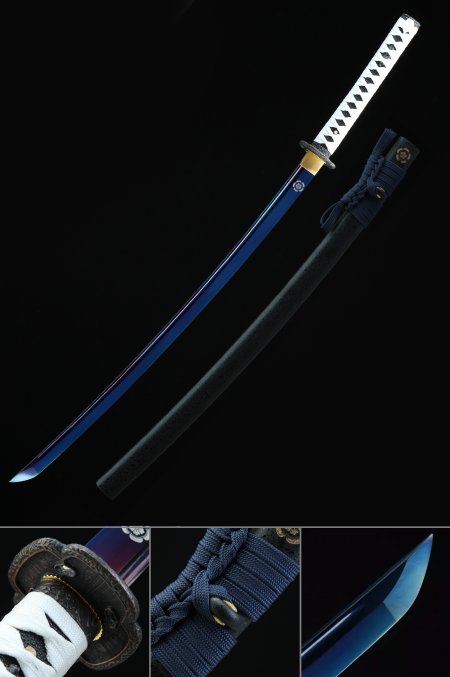
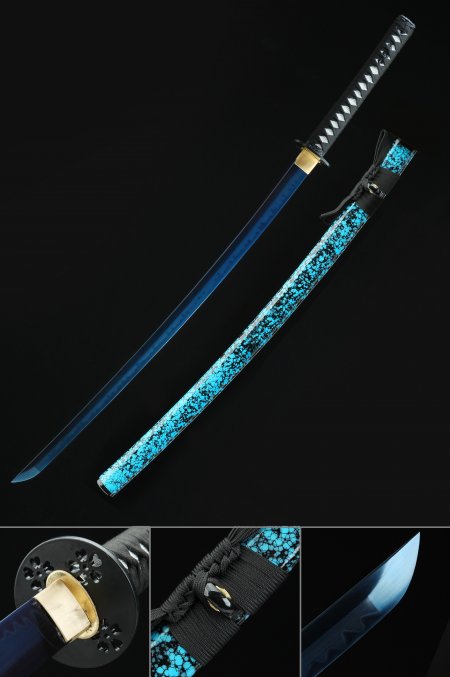
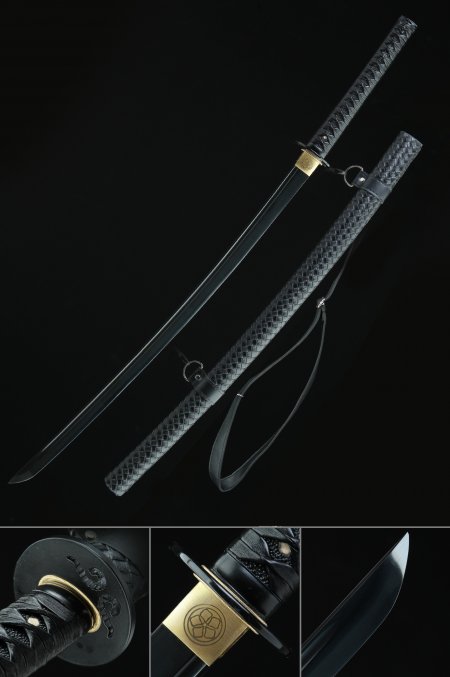
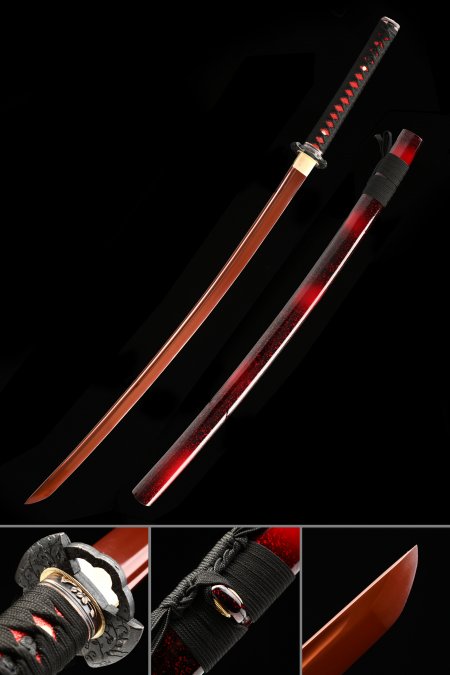
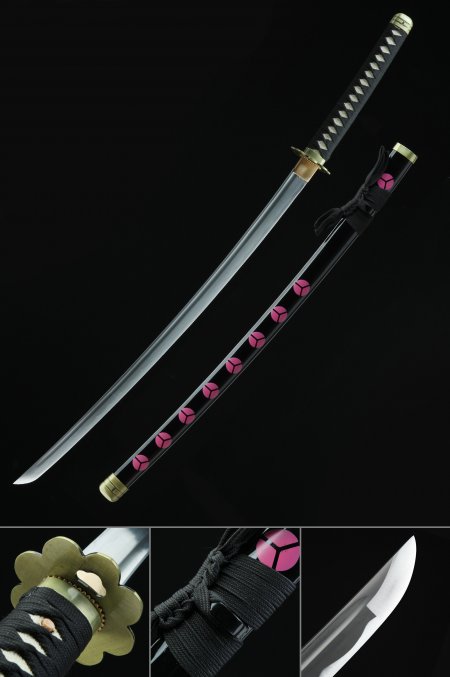
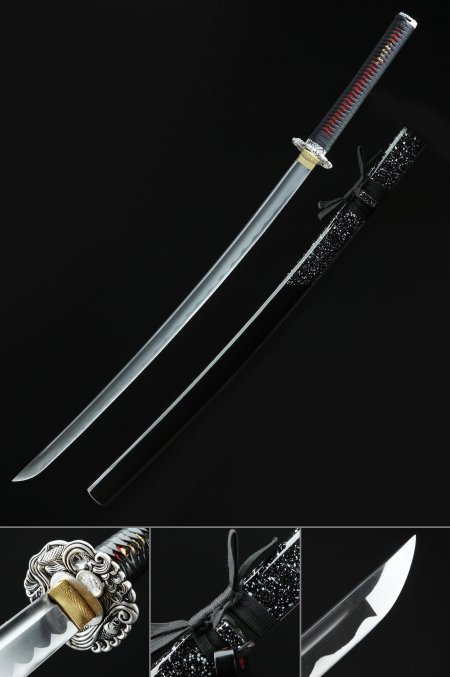
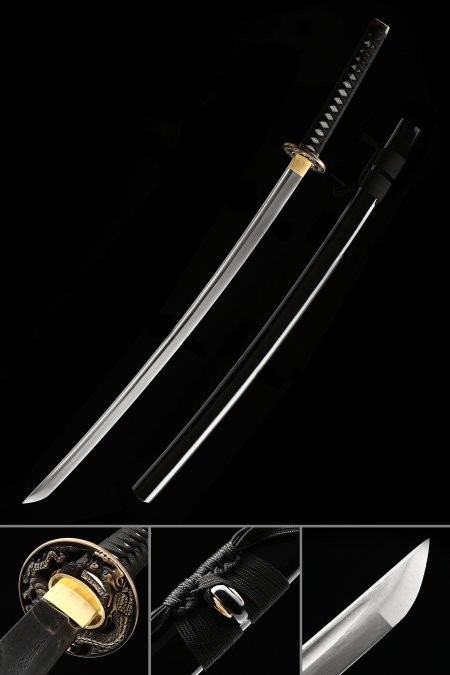
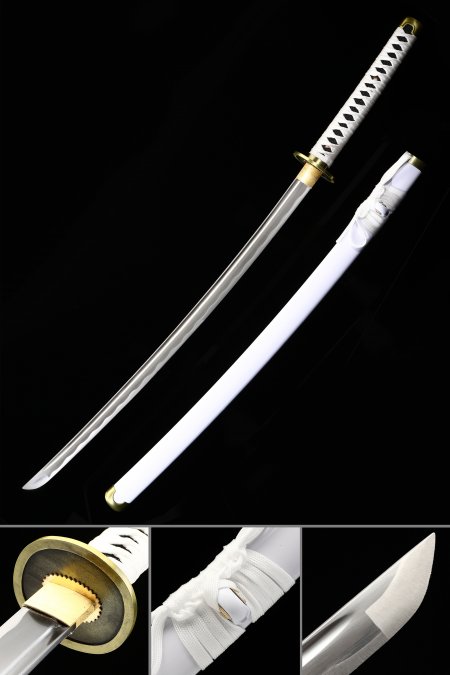
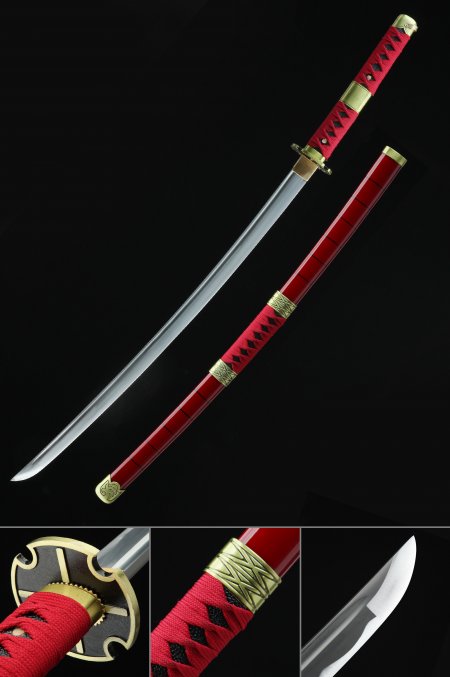

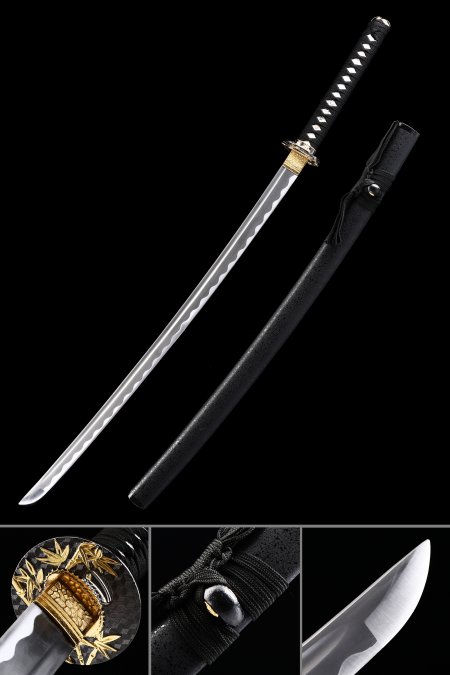
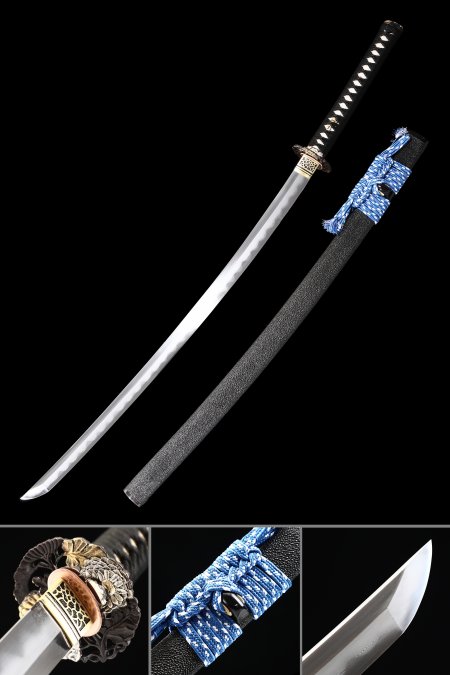
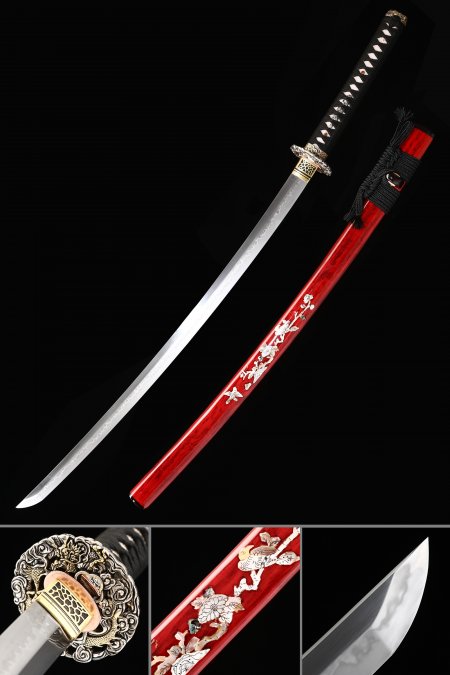

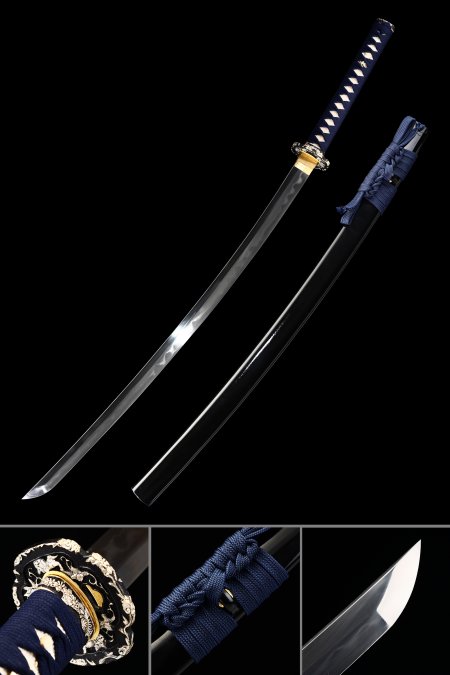
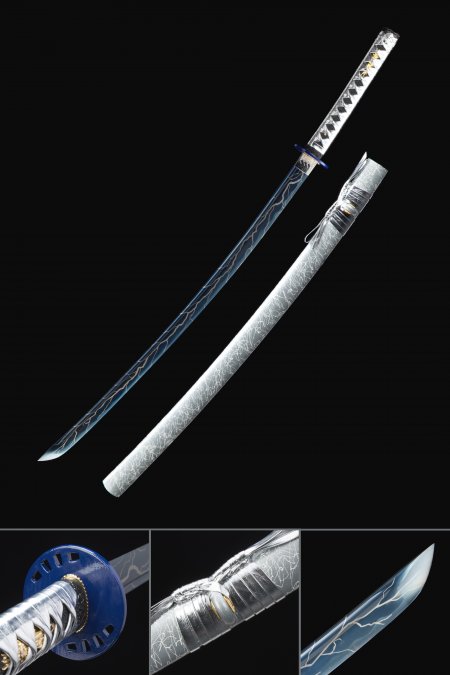
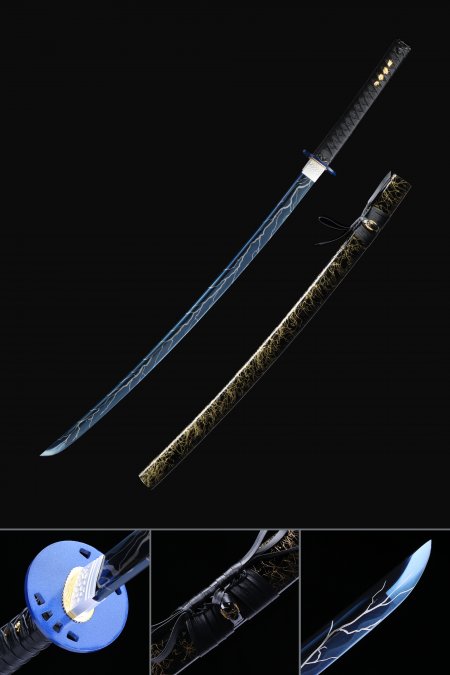

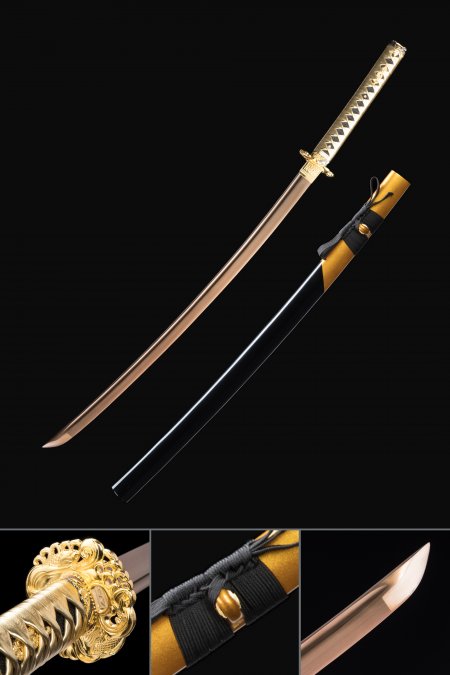
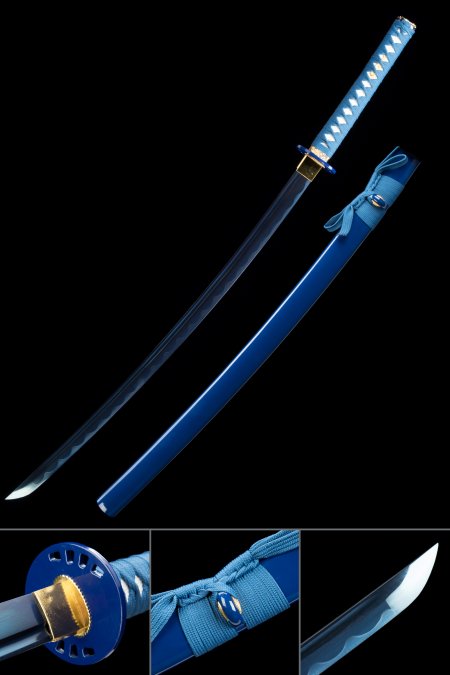
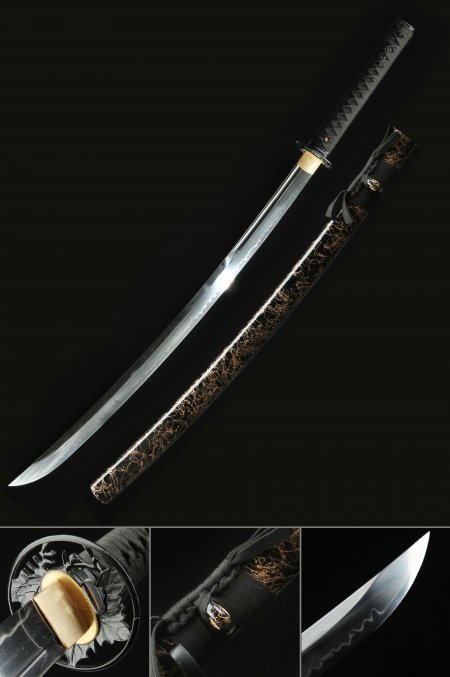
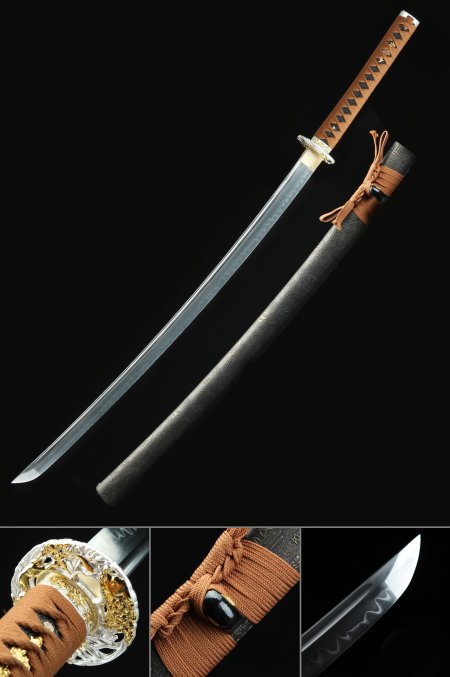
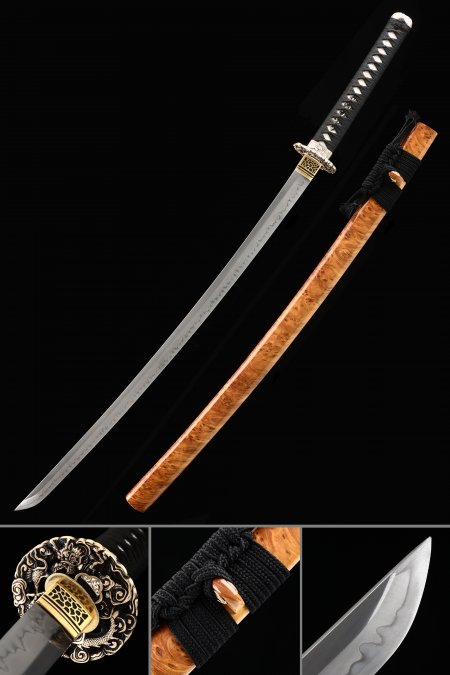
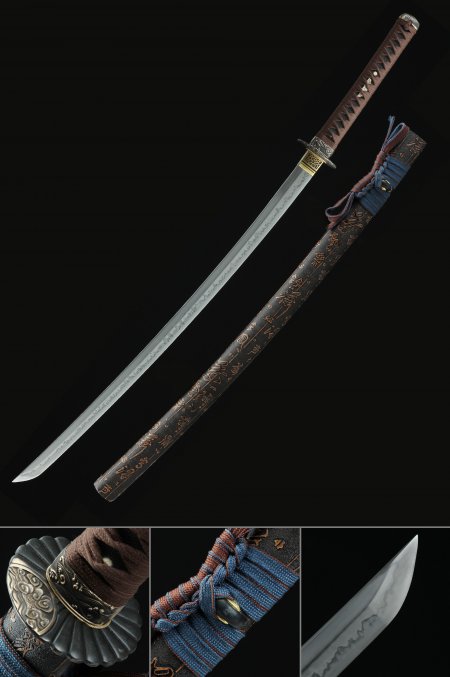
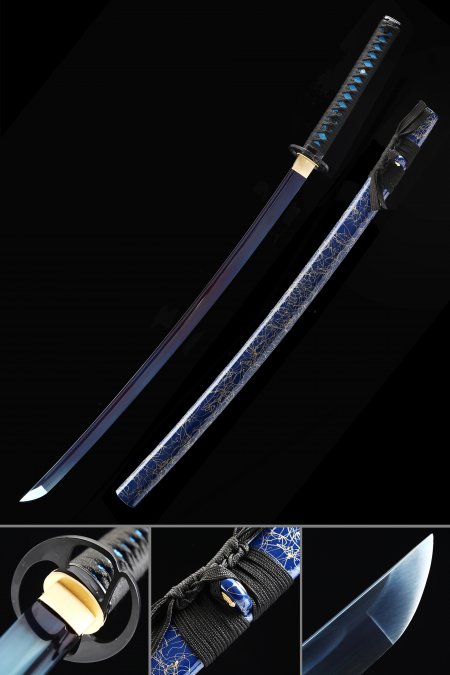
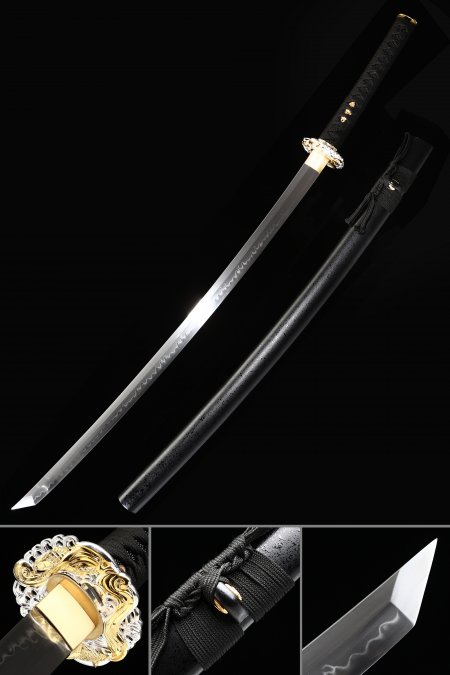
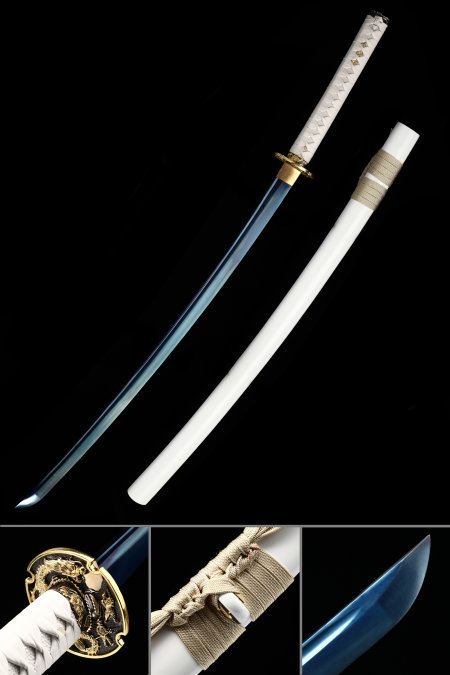
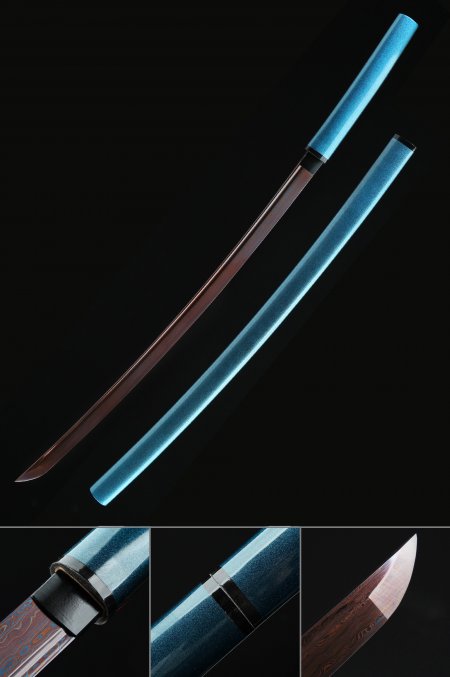
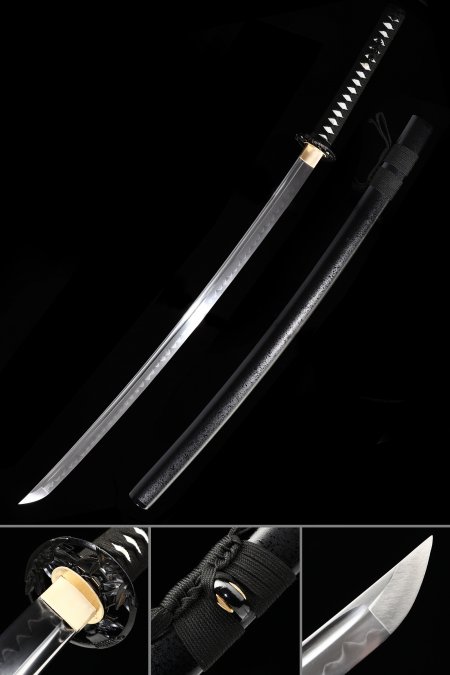
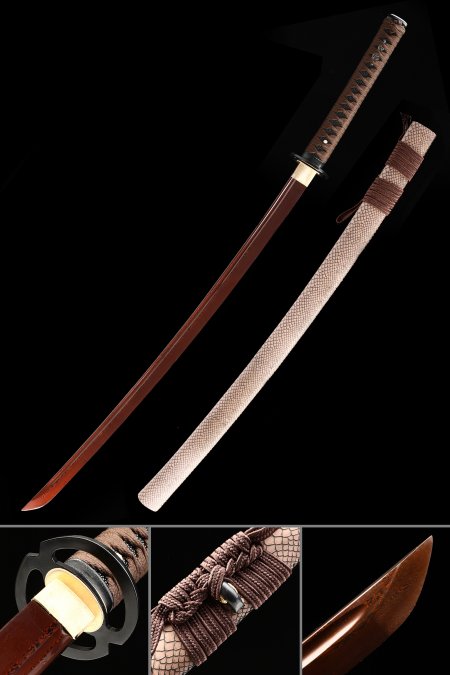
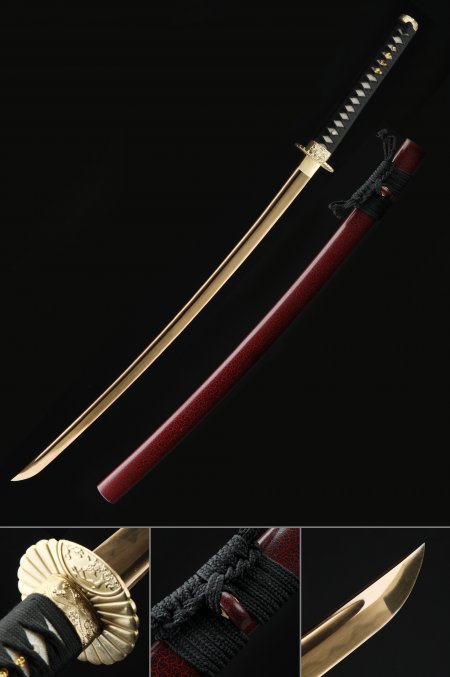
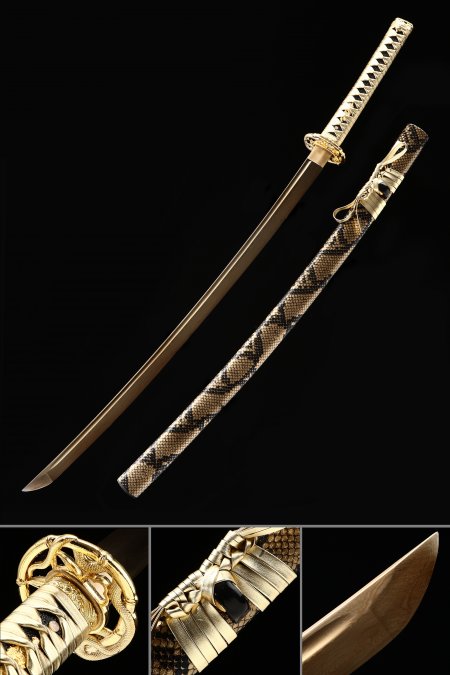
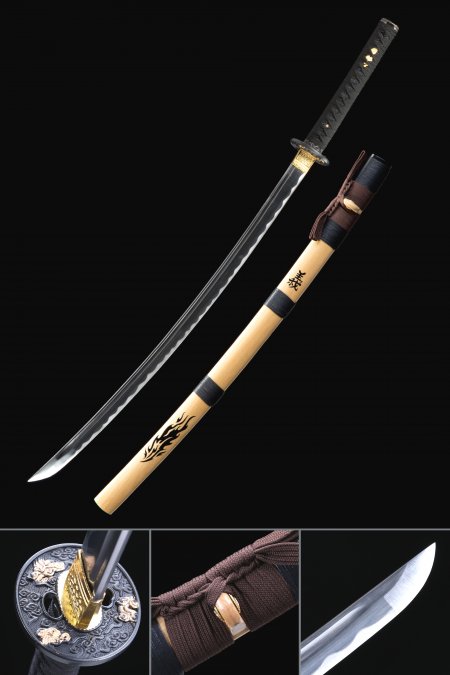
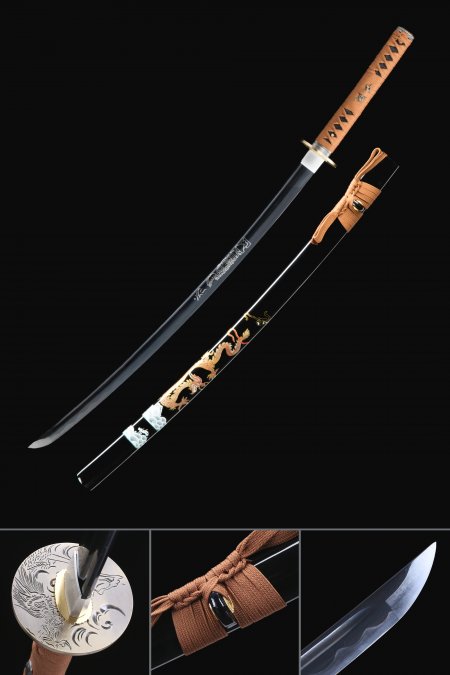
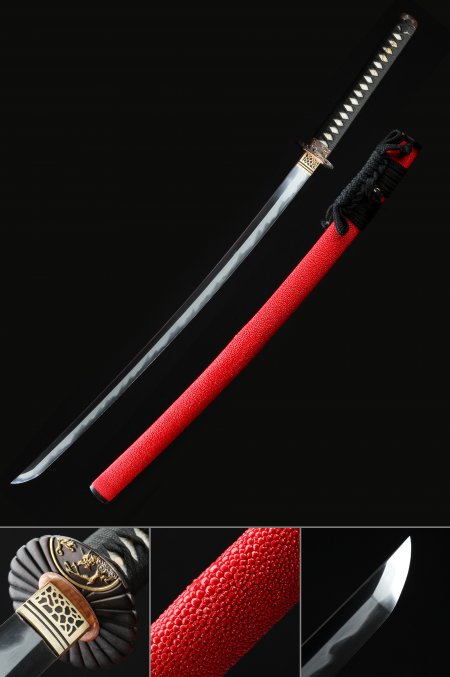
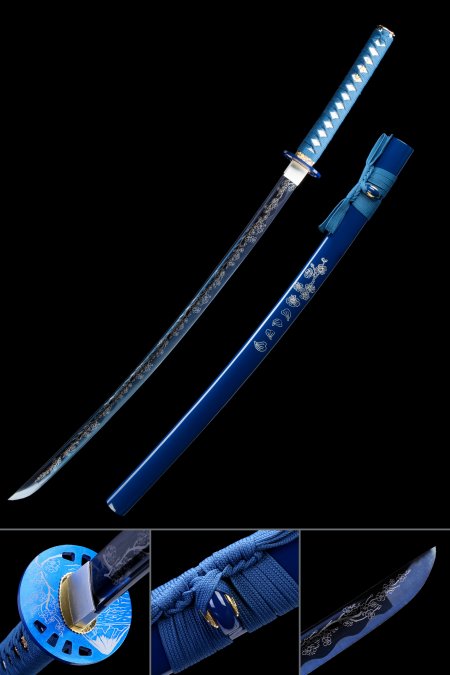
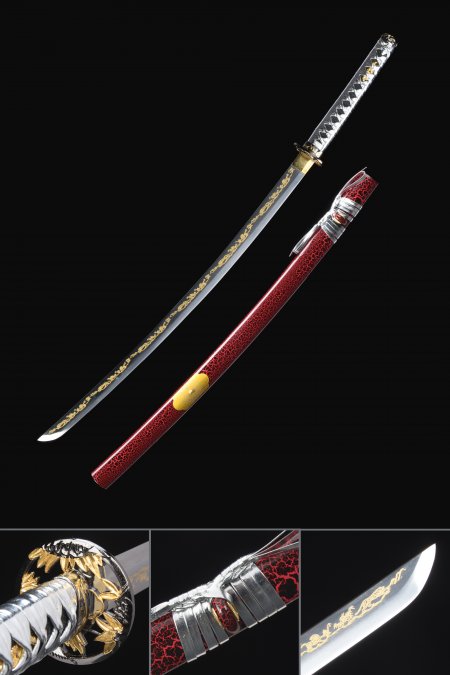

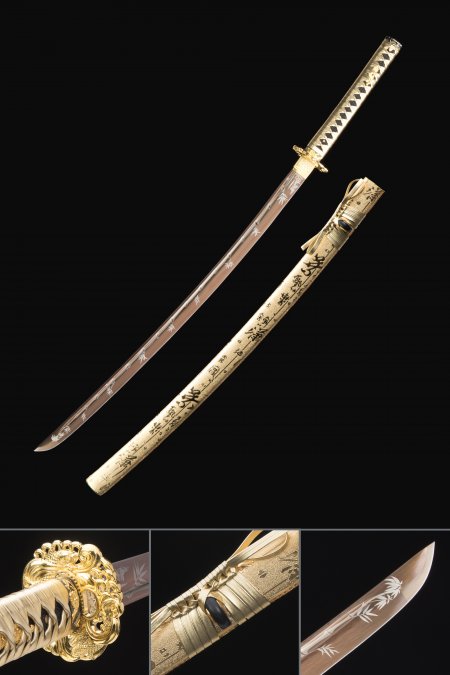
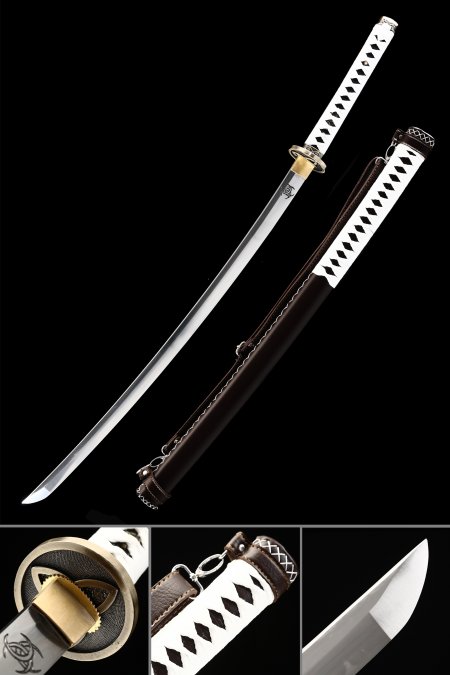
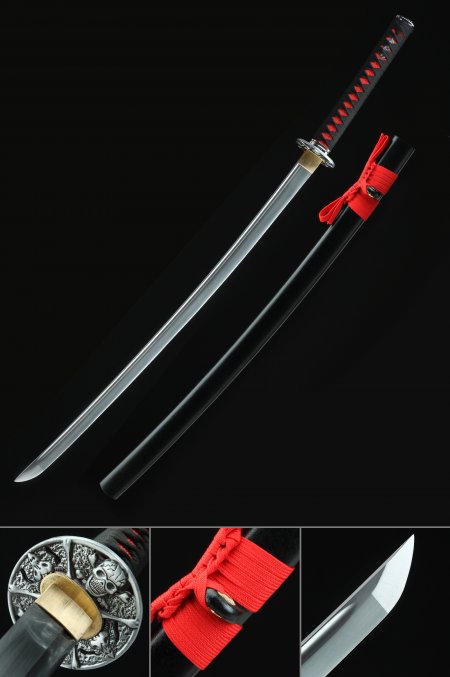

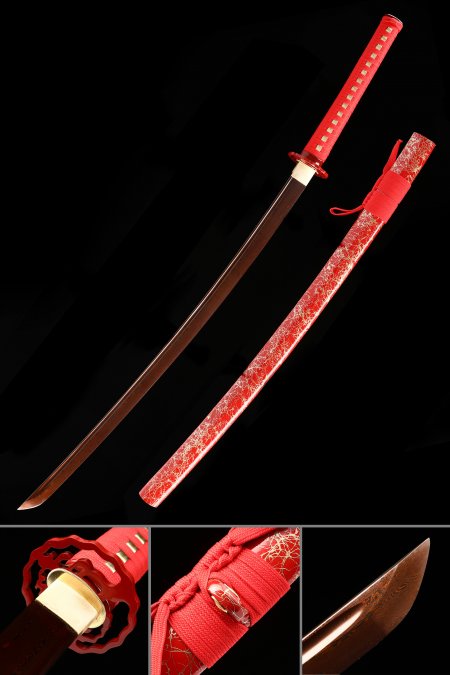
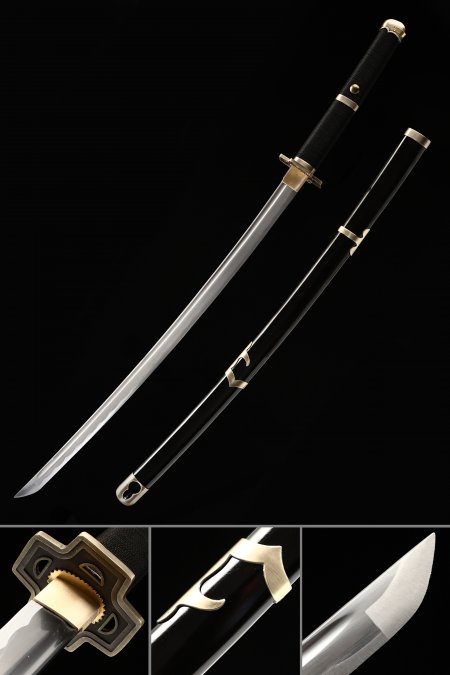
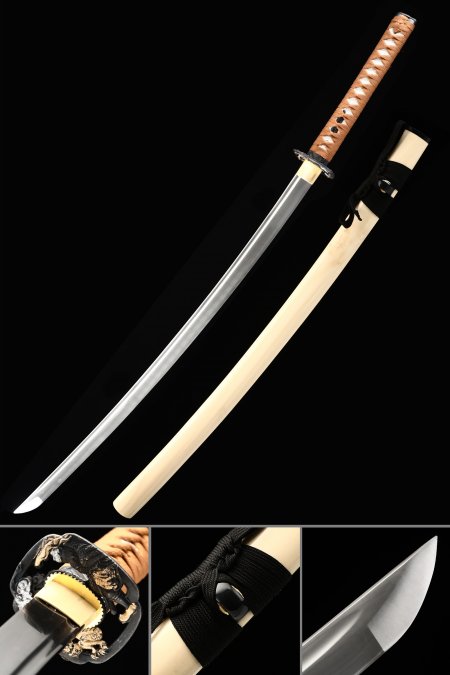

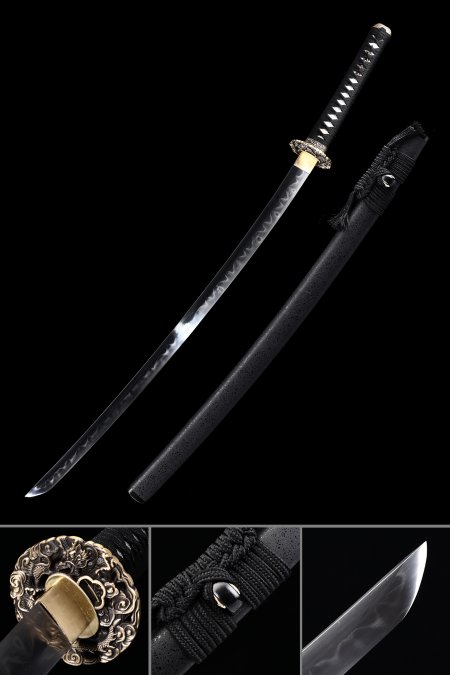
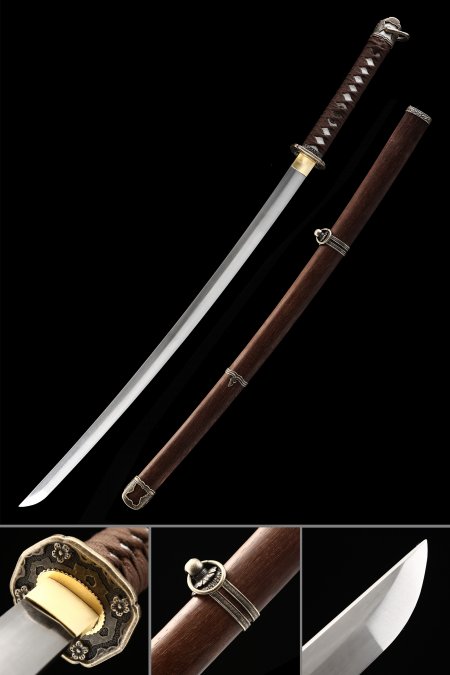
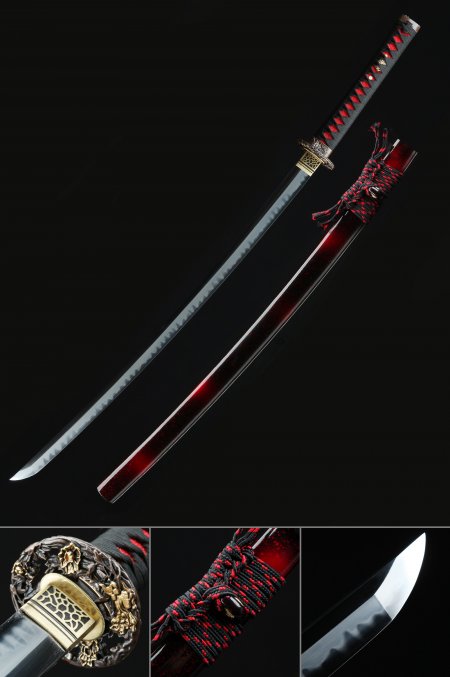
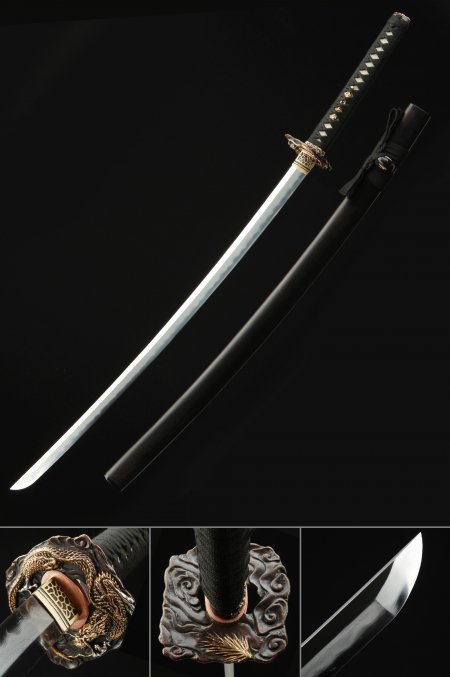
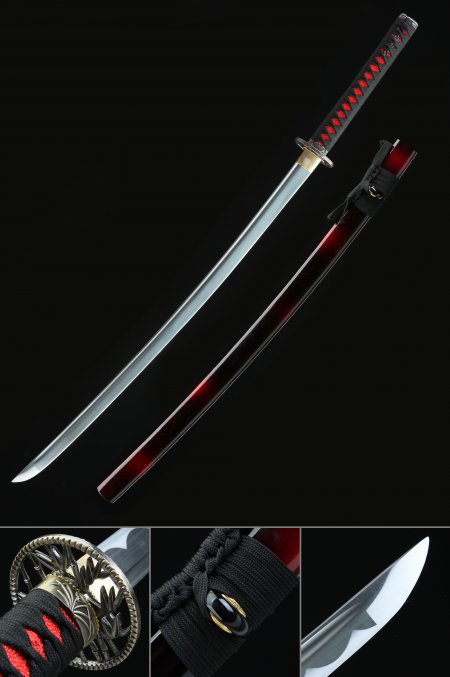
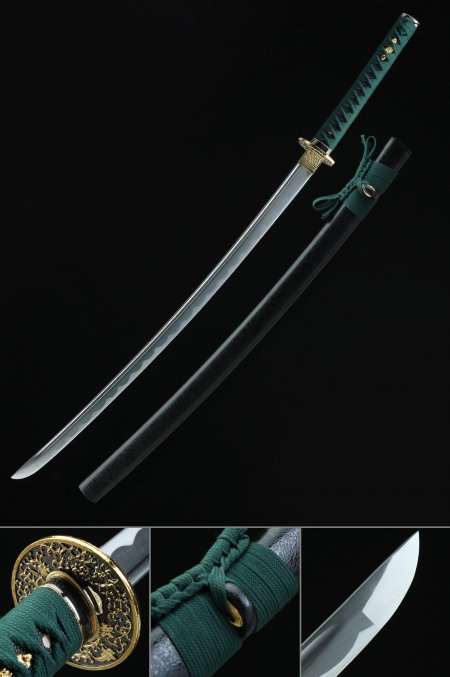
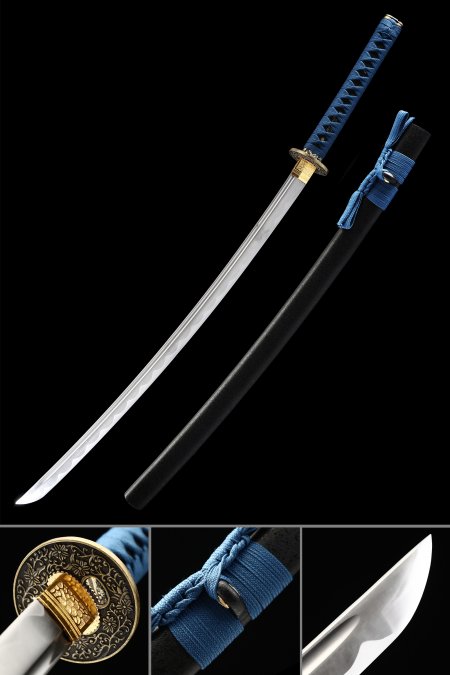
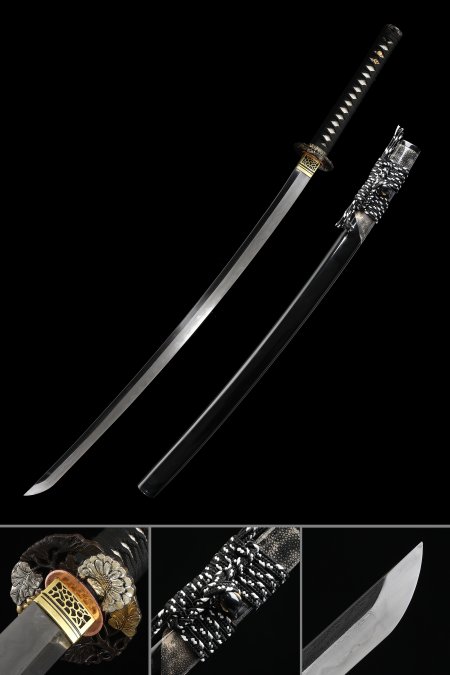
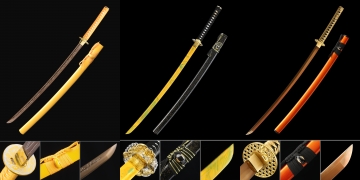
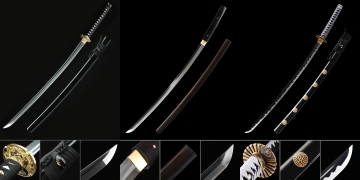
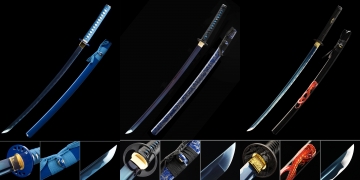

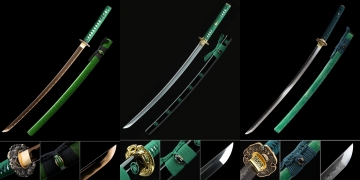
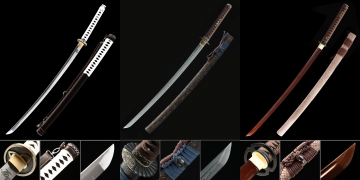
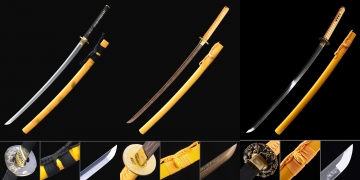
TrueKatana is a professional sword maker and a superior company to deal with. They are fast and built quality SWORDS. Thank you for a wonderful experience.
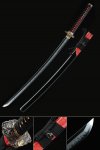 |
Authentic Japanese Katana T10 Carbon Steel Hand Forge |
Whether it was actually Japanese hands made it or not it is a well put together Cortana sword
 |
Handmade Japanese Katana Sword T10 Folded Clay Tempered Steel With Black Scabbard |
Great overall, arrived super fast! However, I don't know if it was meant like that, but the blade would often hit the scabbard when drawing or sheathing and when sheathing, the fit it a little too tight. Aside from those tiny issues, the blades were crafted very well !
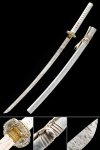 |
Handmade Japanese Katana Sword With White Blade And Scabbard |
Bought this for my One piece obsessed brothers birthday, he loves it!!
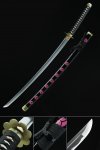 |
One Piece Roronoa Zoro Shusui Katana Samurai Sword Replica With Black Scabbard |
Very pleased. I think it is beautiful and gave it as a gift to another , whom really liked it!
 |
One Piece Roronoa Zoro Shusui Katana Samurai Sword Replica With Black Scabbard |
Amazing quality. Everything is snug, tight, and very well-built. The tang is tightly wound with durable ray skin underneath. The end cap of the tang is snuggly fitted. The blade itself, while this will be used for display, is extremely sturdy. r
r
My main purchasing factor was that True Katana was the only company selling WWII katanas (olive color, rosewood, etc.), and all of the designs and effects are 100% accurate, with the reasonable exception that there is no stamp on the blade (but that's expected, because those forges did not make the blade). With that being said, for what this is, it's well worth the price. r
r
Also, shipping was very fast considering it came from China to America.
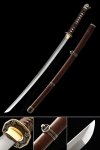 |
Wwii Japanese Type 98 Army Shin Gunto Officer’s Sword |
OUR 22 YR OLD ABSOLUTE LOVED IT!! THANK YOU FOR. A TRUE KATANA!!!
 |
Wwii Japanese Type 98 Army Shin Gunto Officer’s Sword |
The swords I ordered were well packaged and shipped in a timely manner. The craftsmanship is well above the price point!!
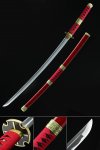 |
One Piece Roronoa Zoro Sandai Kitetsu Katana Samurai Sword Replica With Red Scabbard |
The swords came in better than what I was expecting in quality and appearance. I even had a buddy who knows katanas well, and he rated these as a very good quality sword.
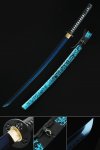 |
Handmade Japanese Samurai Sword With Blue Blade And Scabbard |
At first I had an issue where I ordered 5 swords but received 1. I contacted customer service and they were very responsive and helpful. They shipped the other 4 and I am very happy with the product. I bought these swords for me and my groomsmen and I just know they're going to love it. I will definitely be a return customer! Love these swords and the quality is amazing. Thanks again TrueKatana!!
 |
Handmade Japanese Katana Sword Damascus Steel With Black Scabbard |
My son loves his new sword. Will be order again. Highly recommend.
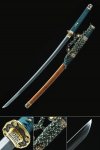 |
Handmade Japanese Tachi Odachi Sword Spring Steel With Brown Scabbard |
Great sword for the price. Could have been a bit sharper. But, I bought it mostly for display. It arrived much faster than I thought. I’ll definitely buy from True Katana again.
 |
Wwii Japanese Type 98 Army Shin Gunto Officer’s Sword |
Mine came with dull edges wish if it's more sharp, that's all
 |
Handmade Japanese Katana Sword Damascus Steel With Black Scabbard |
Great sword! We gave this as a gift and the recipient loved it!
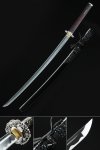 |
Handmade Japanese Katana Sword With Waves And Fish Style Tsuba |
They never gave me a shipping date so it showed up with out me knowing, but was packaged well could be sharper in spots on the blade but looks to be decent quality workmanship. Already bought a second one different style.
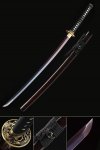 |
Handmade Japanese Katana Sword Damascus Steel With Purple Blade |
The little gold guides for the tie, don't stay attached. I like the handle but, the guard is cheaply done. Good enough for my purpose for training. I like the blade.
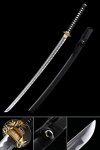 |
Handmade Japanese Katana Sword With Black Scabbard |
I have 3 katana my son bought this one for me an its my favorite
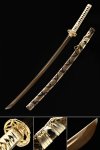 |
Handmade Japanese Sword Damascus Steel With Golden Blade And Snake Style Scabbard |
The blade itself is beautiful And it arrived pretty quick. The fittings feel solid, and the overall aesthetic is exactly what I was looking for. However, the main issue is with the scabbard. Unfortunately, it doesn’t fit properly; the sword shakes inside, and if pointed downward, it falls out on its own. With that said if the saya had been properly fitted, this would have been nearly perfect.
 |
Japanese Katana Sword T10 Folded Clay Tempered Steel With Black Scabbard |
Sword came in exactly as described. Quality is excellent especially for the price. Would definitely recommend.
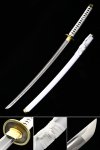 |
One Piece Roronoa Zoro Wado Ichimonji Real Katana Samurai Sword Replica With White Scabbard |
Fantastic quality and looks amazing i couldn't be happier
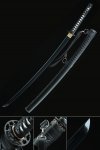 |
Handmade Japanese Samurai Sword 1095 Carbon Steel With Black Blade |